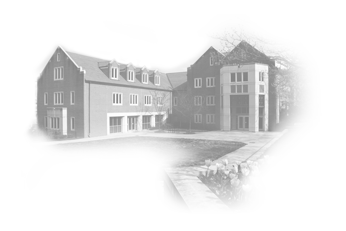ICL Research Profile
PESA
Overview
Emerging HPC systems require innovations in existing infrastructure to deliver the best performance for science domains. The MPI 4.0 standard has also brought forward new opportunities for codesigning applications. These include partitioned point-to-point and collective operations, and neighborhood collectives. Recent developments in GPU-based compression techniques provide an attractive option to optimize communication. With these advances, there is a critical need to update the commonly used tools and libraries that form the basis for the NSF’s HPC cyberinfrastructure. The Performance Engineering Scientific Applications with MVAPICH and TAU using Emerging Communication Primitives (PESA) project undertakes this challenge and pursues new performance engineering avenues – by exploiting a co-design approach using the MPI_T API – in the MVAPICH2 and TAU libraries with scientific applications. PESA focuses on two popular HPC applications spanning multiple domains and representing various communication patterns - Anelastic Wave Propagation (AWP-ODC) and Highly efficient FFTs for Exascale (heFFTe). AWP-ODC is a highly scalable parallel finite-difference application with point-to-point operations that enables 3D earthquake calculations. HeFFTe, dominated by collective operations, is a massively parallel application that provides a scalable and efficient implementation of the widely used Fast Fourier Transform (FFT) operations.



